NOVA
Season 30
s30e01 / Killer Disease On Campus
4th Sep '02 - 1:00am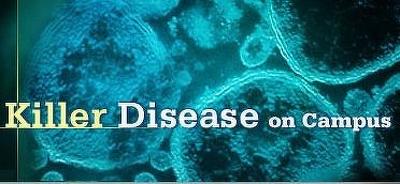
Doctors combat the deadliest for of meningitis which strikes young people out of the blue.
s30e02 / Mysterious Life Of Caves
2nd Oct '02 - 1:00am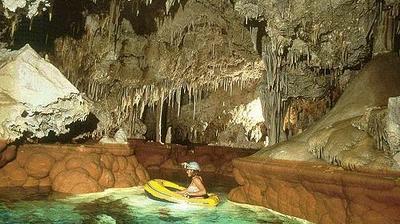
Toxic caverns teaming with strange life-forms spark a brand new theory about how caves form.
s30e03 / Lost Roman Treasure
9th Oct '02 - 1:00am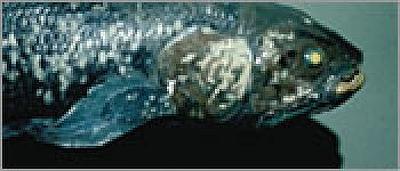
Experts rescue priceless mosaics from an ancient city that is about to disapear beneath a resivoir.
s30e04 / Galileo's Battle For The Heavens
30th Oct '02 - 2:00am
In this two-hour special, NOVA celebrates the story of the father of modern science and his struggle to get Church authorities to accept the truth of his astonishing discoveries. The program is based on Dava Sobel's bestselling book, Galileo's Daughter, which reveals a new side to the famously stubborn scientist-that his closest confidante was his illegitimate daughter, Sister Maria Celeste, a cloistered nun.
s30e05 / Volcano's Deadly Warning
13th Nov '02 - 2:00am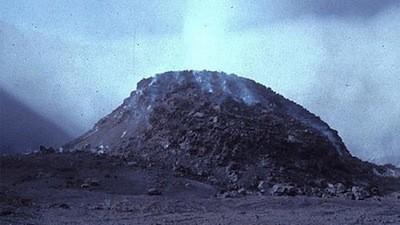
In January 1993, six scientists and three hikers were scalded and crushed to passing when they ventured into the smoking mouth of the active volcano Galeras in Colombia, confident that no eruption was imminent. This program tells the gripping story of this controversial field trip and the quest to predict when volcanoes will blow.
s30e06 / Sinking City Of Venice
20th Nov '02 - 2:00am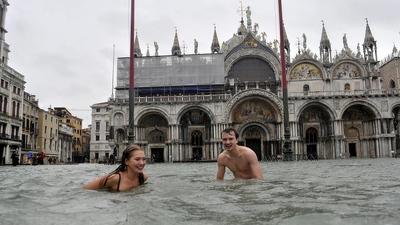
Experts struggle to save the City of Canals before it vanishes beneath the waves.
s30e07 / The Orchid Hunter
27th Nov '02 - 2:00am
For nine months in 2000, Tom Hart Dyke was a captive of guerrillas who seized him while he was collecting wild orchids in the Colombian rain forest. Now Hart Dyke is at it again in the most orchid-rich and one of the most politically unstable parts of Irian Jaya, the western half of the island of New Guinea.
s30e08 / Spies That Fly
8th Jan '03 - 2:00am
The air war in Afghanistan showed that sometimes the hottest pilots are sitting on the ground operating the remote controls of UAVs-or unmanned aerial vehicles. In newly declassified footage, "Spies That Fly" reveals the astounding capabilities of UAVs and the ambitious plans for future models.
s30e09 / Last Flight Of Bomber 31
15th Jan '03 - 2:00am
On March 25, 1944, a U.S. Navy bomber disappeared into the fog over the Bering Sea heading for a Japanese target. Fifty-five years later it has suddenly reemerged with a remarkable tale. NOVA travels to the plane's final resting place to unravel the mystery. Using clues found at the crash site and the latest forensic techniques, a U.S. government team gets to the bottom of this half-century-old disappearance.
s30e10 / Ancient Creature Of The Deep
22nd Jan '03 - 2:00am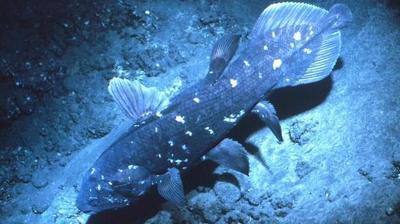
NOVA chronicles the discovery of a "living fossil", a fish called the coelacanth that has remained relatively unchanged since prehistoric times. The program recalls Darwin's prediction that some creatures would have not undergone any major adaptations due to selective pressures and would have remained relatively the same since prehistoric times.
s30e11 / Battle Of The X-Planes
5th Feb '03 - 2:00am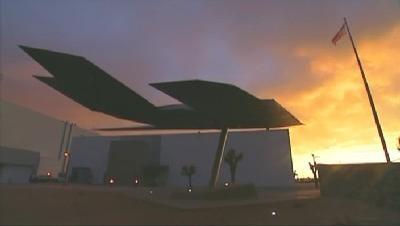
A behind the scenes look at the competition to build the Joint Strike Fighter. Cameras follow engineering teams from Boeing and Lockheed Martin as each makes fateful design decisions.
s30e12 / Mountain Of Ice
12th Feb '03 - 2:00am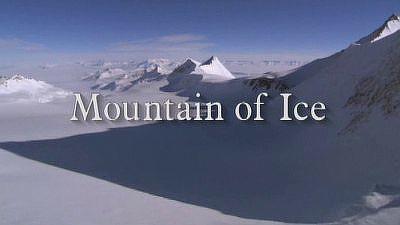
In this high-altitude adventure, Jon Krakauer, author of Into Thin Air, world-class mountaineer Conrad Anker, and their team of climbers, scientists, and filmmakers take a trailblazing expedition to the top of Antarctica's tallest peak, Vinson. Along the way, their experiences are contrasted with those of Norwegian adventurer Roald Amundsen and British explorer Robert Falcon Scott who in 1911 raced to be first to reach the South Pole. Join NOVA and battle 60-mile-an-hour winds and temperatures as low as 35 degrees below zero. Learn about the horrible fate that befell Scott and his team after reaching the South Pole one month after Amundsen. See spectacular panoramic footage.
s30e13 / Lost Treasures Of Tibet
19th Feb '03 - 2:00am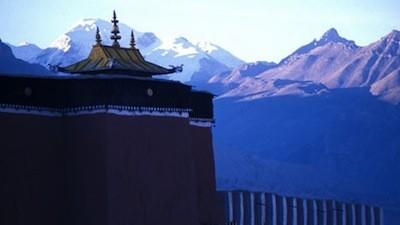
Before Leonardo da Vinci painted "The Last Supper", Tibetan craftsmen were creating stunning artistry of their deities in the remote Himalayan kingdom of Mustang. In "Lost Treasures of Tibet", NOVA goes behind the scenes with the first conservation team from the West, as it undertakes the painstaking restoration of these ancient masterpieces and the beautiful monasteries that house them.
s30e14 / Dirty Bomb
26th Feb '03 - 2:00am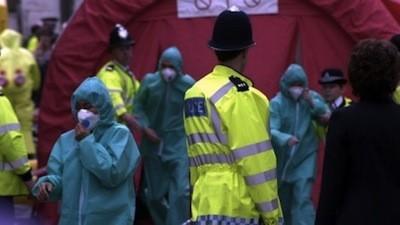
"Dirty Bomb" probes the realities and implications for public health policy of a disaster that many consider to be all but inevitable: a terrorist attack on a major city using a radioactive "dirty bomb". The program strives to answer crucial questions about this menacing new weapon in the terrorists' arsenal, questions such as: What exactly is a dirty bomb? How dangerous could one be, and how much radiation could it release? What will need to be done to clean up after an explosion?
s30e15 / Deep Sea Invasion
2nd Apr '03 - 2:00am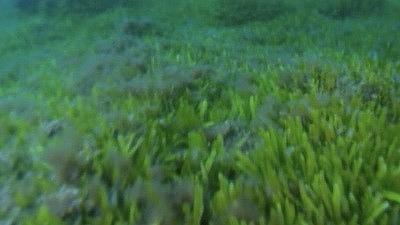
In 1989 marine biologist Alexandre Meinesz went diving off southern France and was stunned by what he saw: a dense blanket of waving green fronds stretching around him in every direction on the seabed. At first Meinesz had no idea what it was. Then he made the alarming discovery that a tropical alga had taken root in the cold water of the Mediterranean, wiping out native sea life wherever it grew. "Deep Sea Invasion" follows Meinesz on his scientific detective hunt to discover the source of this deadly organism, his uphill battle to alert authorities to its danger, and the struggle to find a non-toxic way to control it.
s30e16 / Secret Of Photo 51
16th Apr '03 - 1:00am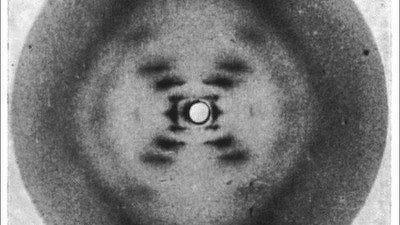
On April 25, 1953, James Watson and Francis Crick published their groundbreaking discovery of the double helix structure of DNA, the molecule essential for passing on our genes and the ''secret of life'.' But their crucial breakthrough depended on the pioneering work of another biologistÐRosalind Franklin. She would never know that Watson and Crick had seen a crucial piece of her data without her permission. This was an X-ray image, ''Photo 51',' that proved to be a vital clue in their decoding of the double helix.
- View Season 1 Episodes
- View Season 2 Episodes
- View Season 3 Episodes
- View Season 4 Episodes
- View Season 5 Episodes
- View Season 6 Episodes
- View Season 7 Episodes
- View Season 8 Episodes
- View Season 9 Episodes
- View Season 10 Episodes
- View Season 11 Episodes
- View Season 12 Episodes
- View Season 13 Episodes
- View Season 14 Episodes
- View Season 15 Episodes
- View Season 16 Episodes
- View Season 17 Episodes
- View Season 18 Episodes
- View Season 19 Episodes
- View Season 20 Episodes
- View Season 21 Episodes
- View Season 22 Episodes
- View Season 23 Episodes
- View Season 24 Episodes
- View Season 25 Episodes
- View Season 26 Episodes
- View Season 27 Episodes
- View Season 28 Episodes
- View Season 29 Episodes
- View Season 30 Episodes
- View Season 31 Episodes
- View Season 32 Episodes
- View Season 33 Episodes
- View Season 34 Episodes
- View Season 35 Episodes
- View Season 36 Episodes
- View Season 37 Episodes
- View Season 38 Episodes
- View Season 39 Episodes
- View Season 40 Episodes
- View Season 41 Episodes
- View Season 42 Episodes
- View Season 43 Episodes
- View Season 44 Episodes
- View Season 45 Episodes